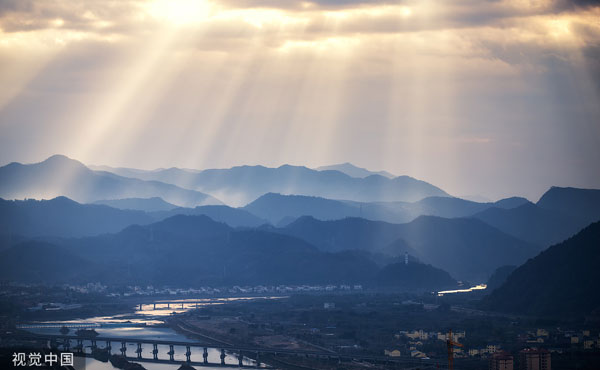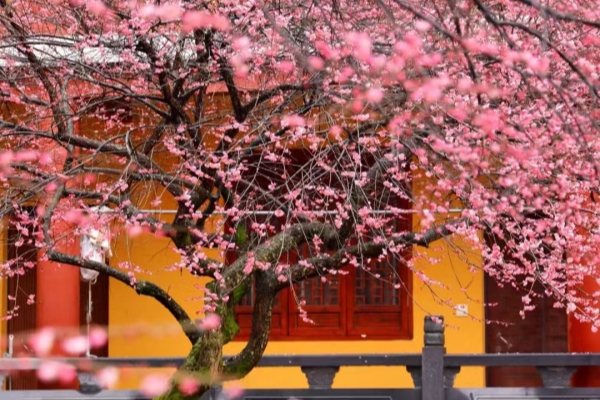Overview of Lishui city

Lishui, the largest prefecture-level city in Zhejiang province is blessed with a superior and unique ecological environment. [Photo/VCG]
Population: 2.528 million registered residents (end of 2023)
Location: southwest of East China's Zhejiang province
Area: 17,300 square kilometers
Economy:
Lishui's GDP in 2023 was 196.44 billion yuan ($27.43 billion), an increase of 7.5 percent year-on-year. The per capita disposable income in Lishui reached 47,182 yuan in 2023, up 6.1 percent compared with the same period in 2022. The per capita disposable income of Lishui's urban and rural residents reached 58,583 yuan and 30,811 yuan, up by 5.0 percent and 8.2 percent, respectively.
Administrative divisions:
Lishui governs a district -- Liandu district -- and seven counties: Qingtian, Jinyun, Suichang, Songyang, Yunhe, Qingyuan and Jingning, as well as the county-level city of Longquan. Among the counties, Jingning is the only She ethnic group autonomous county in the nation and the only ethnic group autonomous county in East China.
Brief introduction:
Lishui, the largest prefecture-level city in Zhejiang province is blessed with a superior and an impressive ecology and environment, earning it the title of "Zhejiang's Green Valley". It boasts a forest coverage rate of 79.9 percent, ranking among the top in China.
It is home to 3,573 peaks at altitudes above 1,000 meters. Among these is the 1,929-meter-high Huangmaojian Peak of Fengyang Mountain, the highest peak in East China's Jiangsu and Zhejiang provinces.
Lishui is also renowned for the quality of its water. It is the source of six rivers -- namely the Oujiang River, Qiantang River, Feiyun River, Jiaojiang River, Minjiang River and Saijiang River, where the water quality ranks first in Zhejiang province.

 Lishui establishes intelligent biodiversity monitoring system
Lishui establishes intelligent biodiversity monitoring system New fungus species discovered in Qingyuan
New fungus species discovered in Qingyuan Lishui transforms weirs to aid fish migration
Lishui transforms weirs to aid fish migration